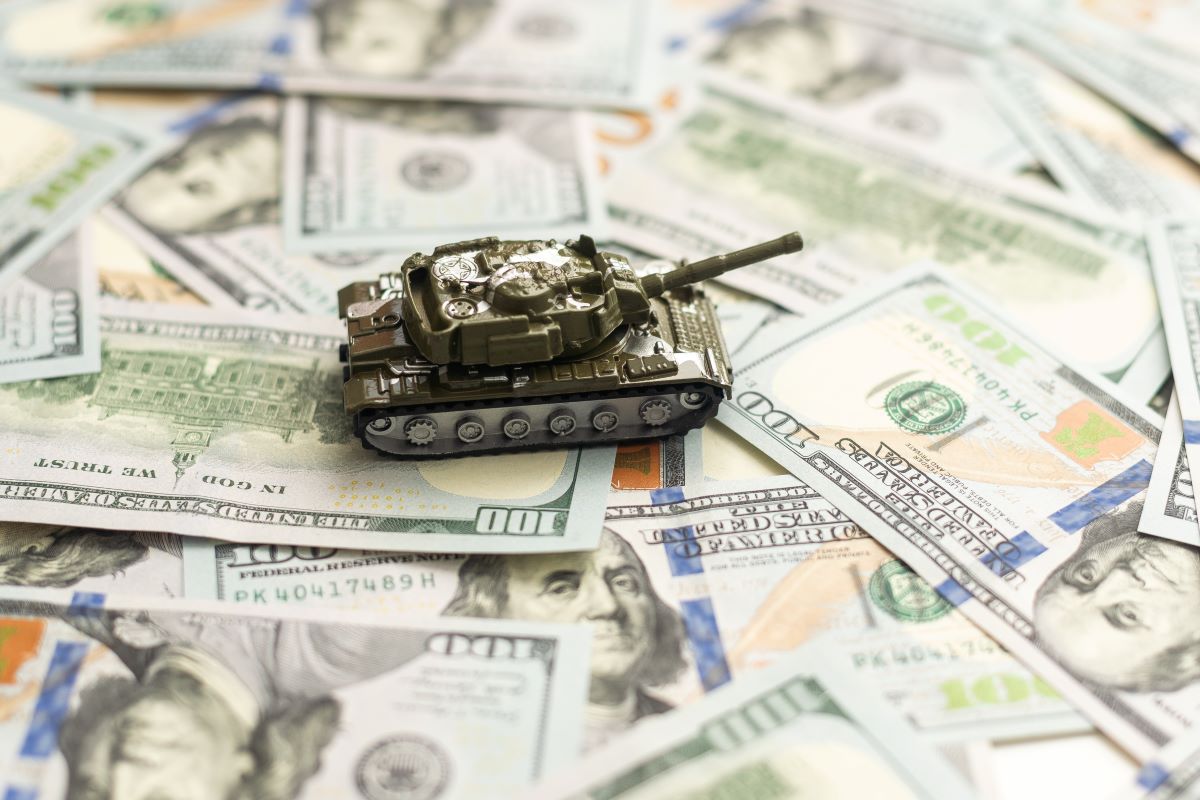During periods of severe crisis, conventional monetary systems may become unstable, prompting individuals to resort to more tangible assets for the purposes of survival and commerce. Throughout history, commodities such as gold, silver, and cigarettes have been used as alternative currencies when official money has lost its value or accessibility. In the event of a large-scale global conflict, such as a Third World War, could grain serve as the new currency in a war economy?
The Potential for Food to Serve as Currency
Food is a fundamental human need, more essential than money itself. In the event that war disrupts access to cash, banking services, or stable currencies, individuals require a medium of exchange that is both intrinsically valuable and can be promptly utilized to satisfy their survival requirements.
* **Universal Demand:** Food is universally required, in contrast to money, which is valued based on government support and trust.
**Intrinsic Value:** Food is a source of sustenance; it is incapable of being printed or manipulated in the same way as fiat currency.
* **Portability and Divisibility:** Numerous culinary items can be readily transported by dividing them into smaller units.
* **Short-Term Store of Value:** Although perishable, certain staple foods (particularly cereals and dried products) can be stored and traded over time.
Historical Background
Food and other essentials have frequently functioned as de facto currency during conflicts and economic collapses:
* In regions that were ravaged by war and inflation, individuals traded sustenance for products and services.
* Within colonies, rationed food items have been utilized as currency by both civilians and prisoners of war.
* In hyperinflation circumstances, staple products frequently regain significance as trade units when money becomes worthless.
Obstacles to the Use of Food as Currency
Although food has undeniable benefits, its use as a currency in a conflict economy also presents challenges:
* **Perishability:** The majority of food items are perishable, which restricts their capacity to serve as a long-term store of value.
* **Storage and Security:** Proper storage is necessary to prevent the loss of food due to vermin, moisture, or larceny.
* **Problems with Standardization:** Food’s use as a consistent unit of commerce is complicated by its variability in quality and quantity, in contrast to coins or notes.
* **Logistics:** Transporting substantial quantities of food for trade can be challenging, particularly in unstable regions.
The Function of Essential Foods and Their Substitutes
Due to their caloric value and relative durability, staple cereals such as rice, wheat, or corn may become preferred “currencies.” Additionally, non-perishable foods, such as dried legumes or canned products, may contribute. Furthermore, items that are associated with food production, such as pure water or culinary fuel, may acquire a currency-like status.
Effects on the Economy and Society
The potential consequences of food becoming a form of currency are significant:
* **Economic Fragmentation:** Barter and local trade networks may replace formal finance and markets.
* **Social Inequality:** Individuals who possess culinary resources may exercise an excessive amount of influence.
* **Hoarding and Black Markets:** Illegal trade and accumulation may be encouraged by scarcity, which could exacerbate shortages.
* **Humanitarian Crisis:** The potential for pervasive hunger and instability is posed by a combination of food scarcity and a collapse in monetary systems.
Prepare for a Food-Currency Scenario
In order to reduce the risks:
* **Enhance Food Security:** The establishment of resilient local food systems can mitigate vulnerability.
* **Preserve and Store:** In the event of an emergency, governments and communities may accumulate non-perishable necessities for distribution. * **Alternative Currencies:** Digital or commodity-backed currencies may offer greater stability.
* **International Assistance:** In order to avert economic collapse and catastrophe, it will be essential to coordinate humanitarian efforts.
In conclusion,
Food has the potential to serve as an essential medium of exchange in a conflict economy, where traditional money is rendered obsolete. This currency is a product of necessity. Food’s fundamental value renders it a potent asset during periods of crisis, despite the fact that it is unable to entirely replace the efficacy and stability of money. The critical significance of food security and preparedness in an increasingly uncertain world is underscored by the comprehension of this possibility.

Leave a Reply